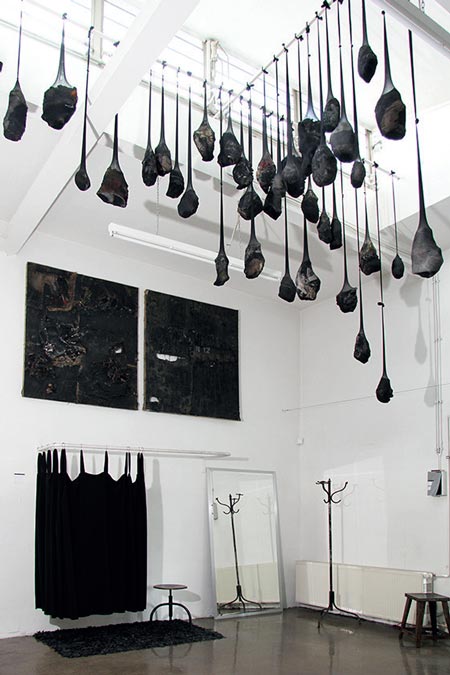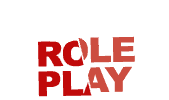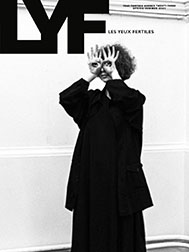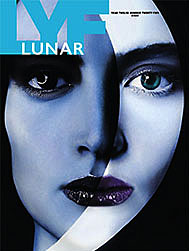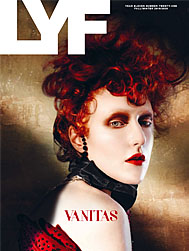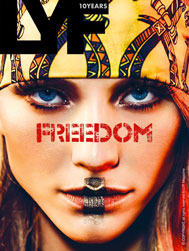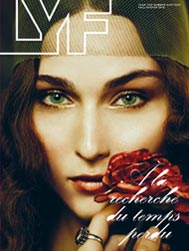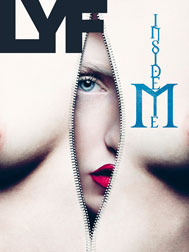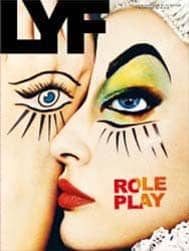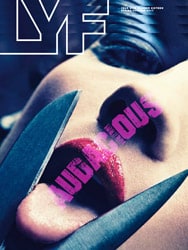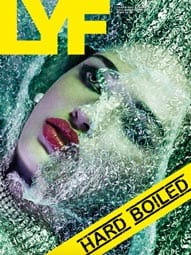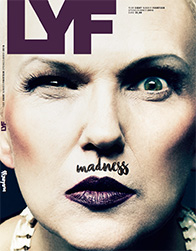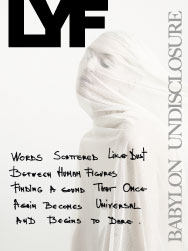ATONAL
Audacity in Music
Curated by Livio Graziottin & Sergio Eusebi
The history of Berlin Atonal begins in November 1982. Set up at SO36 in Kreuzberg, the festival became ground-zero for altogether new forms of musical experience; Einstürzende Neubauten, Sprung aus den Wolken, Malaria, Notorische Reflexe, Alu, White Russia, Didaktische Einheit and many other like-minded musical pioneers used Berlin Atonal to launch their entirely novel ideas about the possibilities of sonic expression. Throughout the 1980s Berlin Atonal was at the vanguard of the progressive electronic and experimental music and art scenes in Berlin. The festival closed in 1990 with the fall of the Berlin wall..
Berlin Atonal’s permanent home is Kraftwerk Berlin, an abandoned power plant which has been turned into a darkly majestic industrial complex for the duration of the festival.
This multi-leveled, multi-staged cathedral is host to every performance, installation, screening and aftershow party in the Berlin Atonal program.
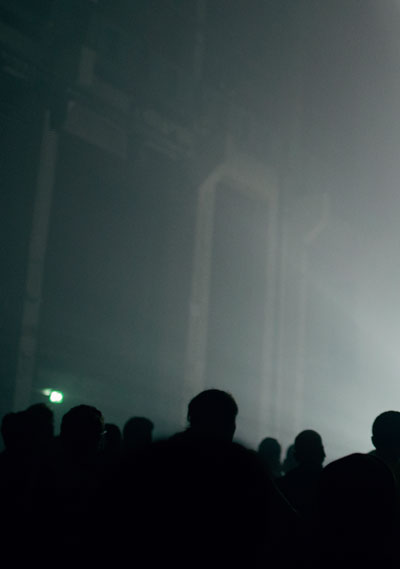
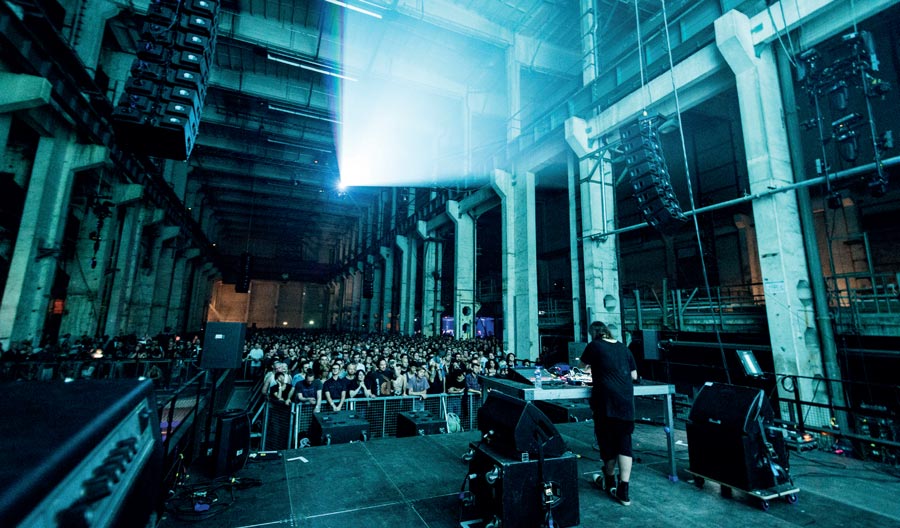
RASTER-NOTON
Audacity in Music
“Raster-noton.archiv für ton und nichtton” is meant to be a platform — a network covering the overlapping border areas of pop, art and science.
Emerged from the fusion of raster music, founded by Olaf Bender and Frank Bretschneider in 1996, and the sublabel Noton which was run by Carsten Nicolai, it realizes music projects, publications and installation works.
The common idea behind all releases is an experimental approach — an amalgamation of sound, art, and design, which is not only apparent in the music, but also visible from the artwork and cover design.
So far, the catalogue of the label consists of about 150 publications, presenting very different artists such as fine artists, club musicians, noise pioneers, academically trained composers or classic instrumentalists. These publications are not restricted to audio formats, such as CDS only, but also include books, magazines,
DVD, mass storage devices or art prints.
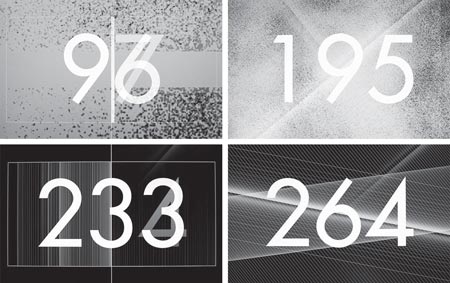
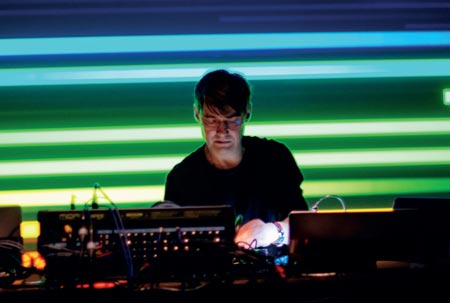
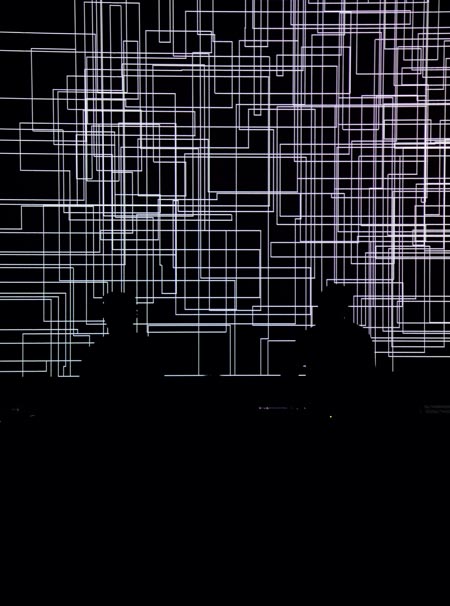
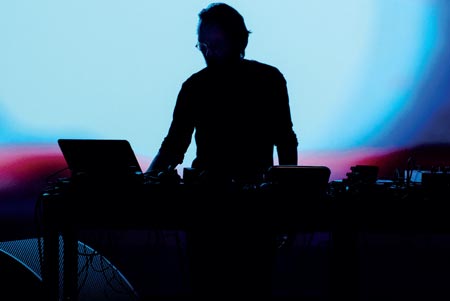
Often, the music projects were released in the form of a series which are characterized by a minimalistic package design. One of these series, the “20’ to 2000”, was bought by MoMA and the Centre Pompidou and awarded the Golden Nica at Prix Ars Electronica in 2000.
Over the last 15 years, there have also been collaborations with institutions, fashion designers, museums and festivals all over the world and, once a year, the label is staging a showcase at Rome’s Accademia Tedesca – Villa Massimo to present current artists and releases.
The label is run by Olaf Bender in cooperation with Carsten Nicolai and is based in Chemnitz and Berlin.
DARKLANDS BERLIN
Audacity in Fashion
Darklands is a nomadic, avant-garde experience encompassing art, music and design. It features a highly curated selection of directional pieces from around the world, as well as rotating art exhibitions and music events. The focus is on quality, originality, inventiveness, passion and exclusivity, with a heavy emphasis on hand made, artisanal work.
It’s first incarnation (2003) was in Vancouver, Canada, under the name of Komakino.
In 2006 Darklands 1.0 opened in Berlin; its location was in an unrestored apartment building in the centre of the former East Berlin. Version 2.0 had previously been a gallery space; while Version 3.0 took over an old auto body shop.
Darklands’ current 4.0 space has run for 5 years in a large, hard-tofind industrial space.
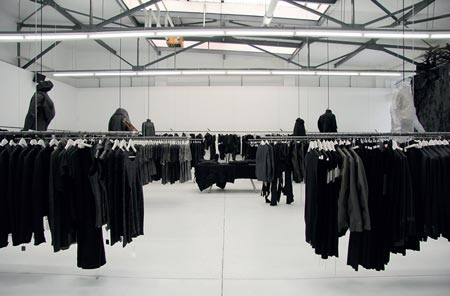
Credit to: Estefania Campillo
